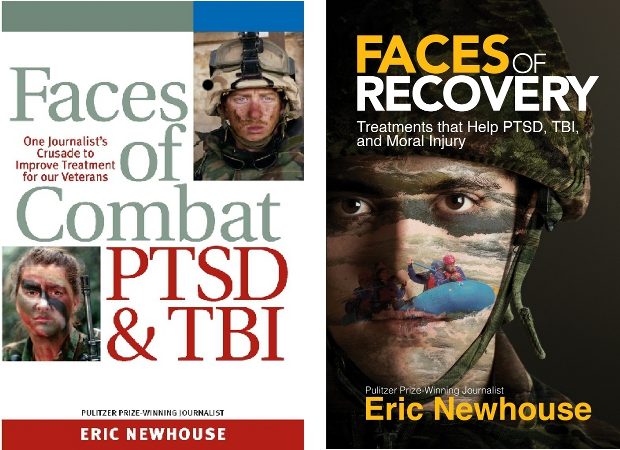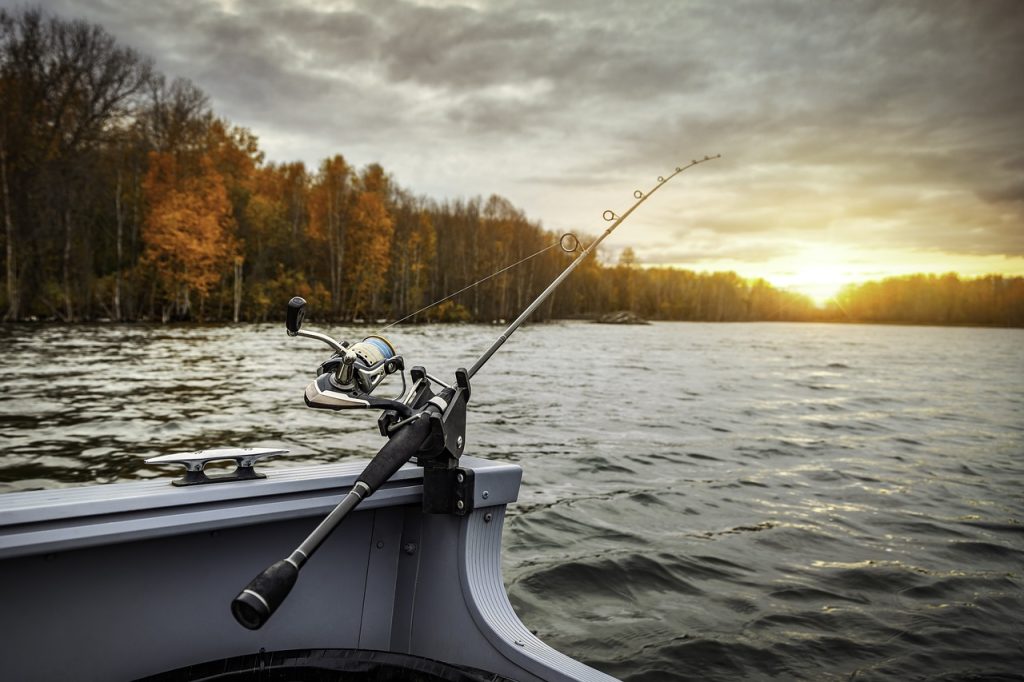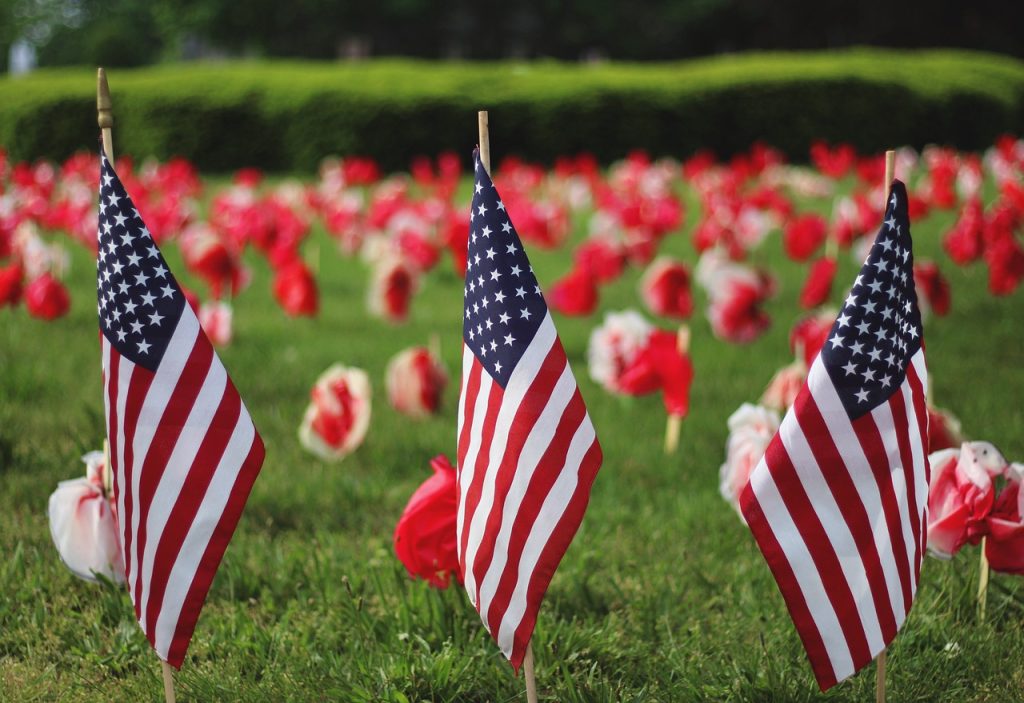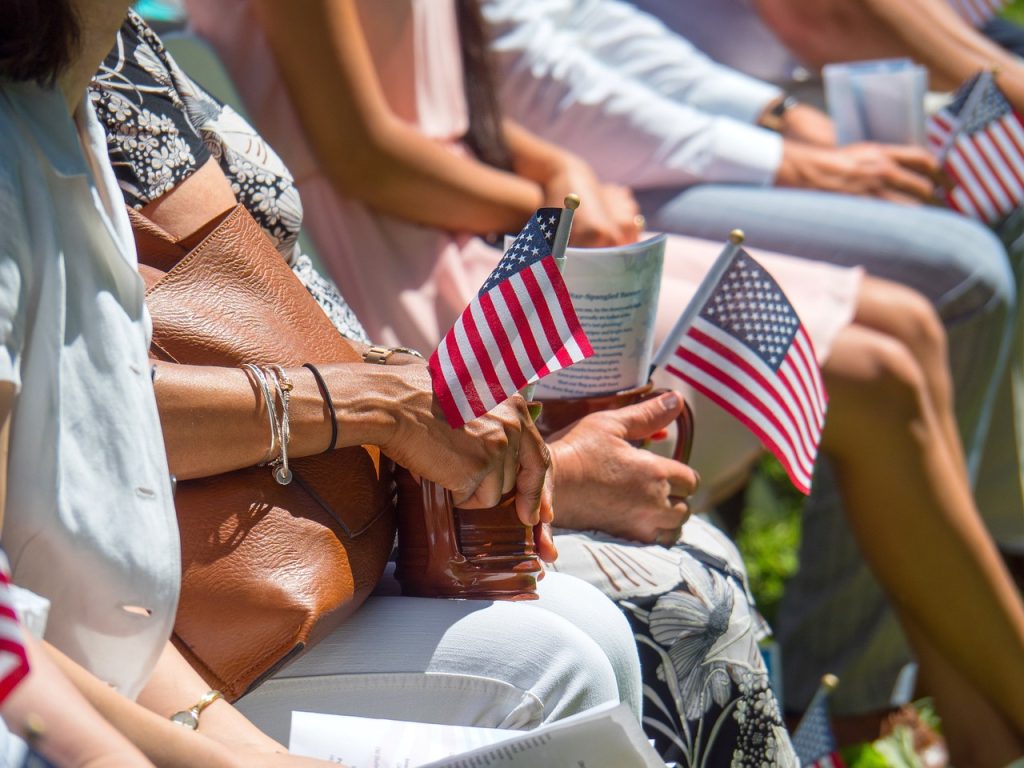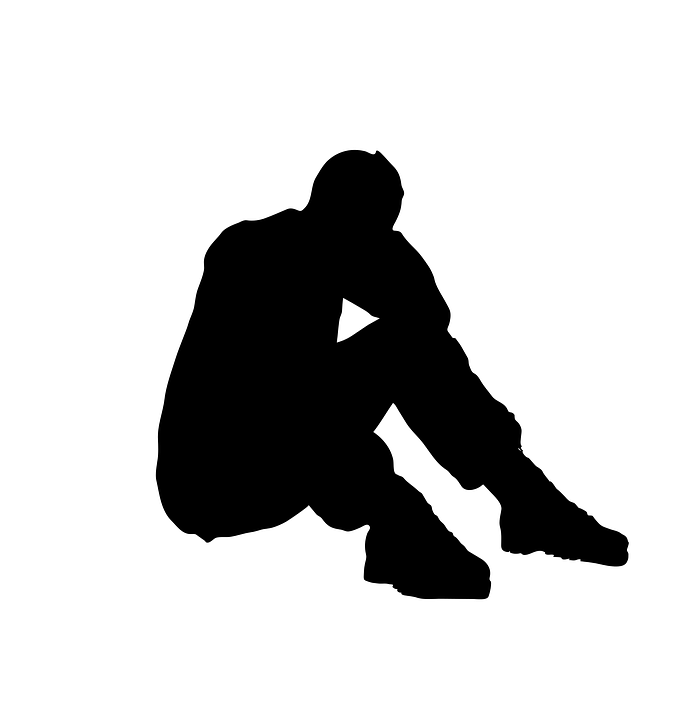Every year on November 11th, America comes together to honor and give thanks to the men and women who have served in the United States Armed Forces. Recognized as a federal holiday, Veteran’s Day serves as a time of both somber reflection and celebration of the people who sometimes paid the ultimate price for their country.
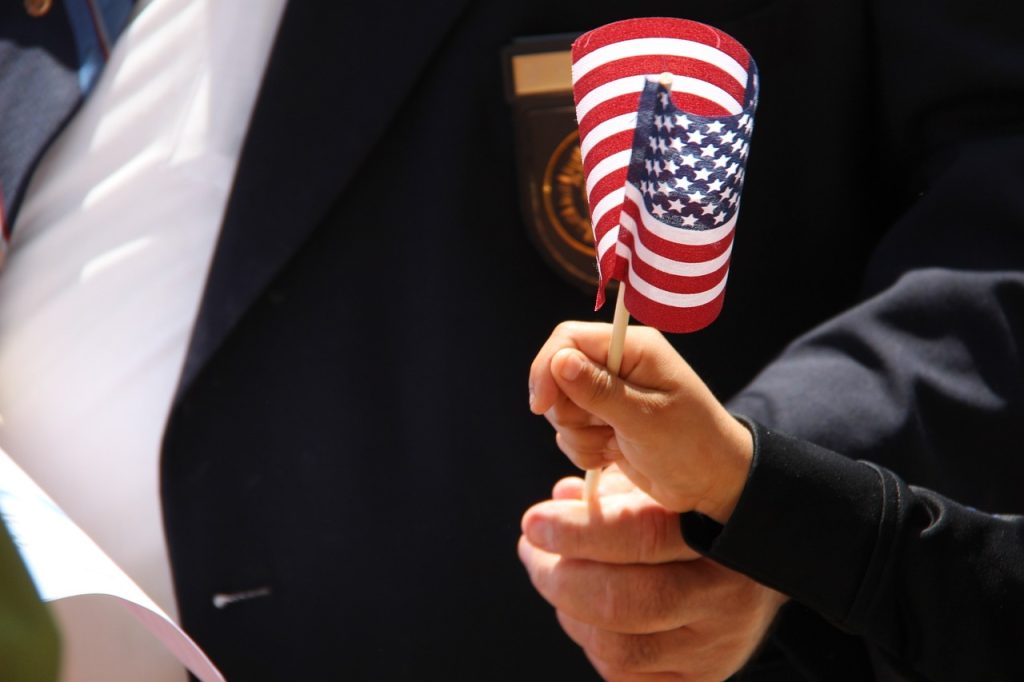
The Origins of Veteran’s Day
Veteran’s Day, initially known as Armistice Day, traces its roots back to the end of World War I. On November 11, 1918… at the 11th hour of the 11th day of the 11th month…an armistice was signed. This monumental event marked the cessation of hostilities on the Western Front. In the years following, Armistice Day became a time to reflect on the sacrifices of those who served in World War I.
In 1954, recognizing the need to honor veterans of all wars, the U.S. Congress officially changed the name to Veteran’s Day. It became a day not just to remember World War I but to pay tribute to all American veterans, acknowledging their service, patriotism, and the tremendous debt of gratitude owed to them.
The Challenges Faced by Veterans
While Veteran’s Day is a time of celebration, it’s also crucial to acknowledge the challenges many veterans face, particularly those dealing with the invisible wounds of war such as PTSD. The experiences of combat can leave lasting psychological effects, impacting the mental health and well-being of veterans.
Post-traumatic stress disorder is a common challenge among veterans, manifesting as a result of exposure to traumatic events. It can affect daily life, relationships, and overall quality of life. Recognizing the unique struggles faced by veterans with PTSD is integral to offering meaningful support and assistance.
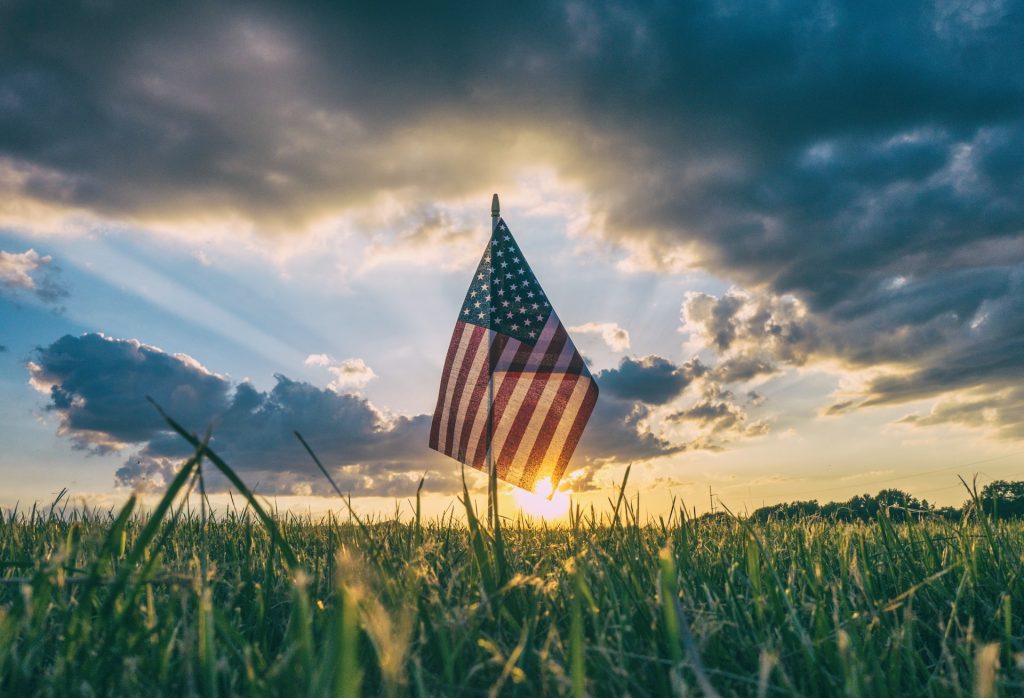
Resources for Veterans with PTSD
Numerous resources are available to assist veterans in coping with PTSD and reclaiming their lives. Organizations such as Wounded Warrior Project, Give an Hour, and the Veterans Crisis Line offer support, counseling, and outreach programs.
- Wounded Warrior Project: This organization provides a variety of programs and services. These include mental health support, adaptive sports, and career counseling, all specifically tailored to wounded veterans.
- Give an Hour: The Give an Hour program sees mental health professionals volunteer their time to provide free counseling and support to veterans and their families. This resource aims to bridge the gap in mental health care for military personnel.
- Veterans Crisis Line: This confidential helpline offers immediate assistance to veterans in crisis. Available 24/7, it connects veterans and their families with qualified, caring Department of Veterans Affairs responders. To reach the line, you can dial 988 and then press 1.
In addition to the above resources, Face of Combat offers our own page of resources which you can find by clicking here.
Celebrating Resilience and Recovery
As we celebrate Veteran’s Day, let us not only express gratitude for the service and sacrifice of our veterans but also remember those facing the silent battles of PTSD. By understanding their challenges and providing access to the necessary resources, we can contribute to the healing and well-being of those who have given so much for our freedom. This Veteran’s Day, let our appreciation be more than words – let it be a commitment to supporting those who have served.
Are you a veteran in need of assistance? Click this link for a list of resources made specifically for you. If you’re having suicidal thoughts, please call either The National Veterans’ Foundation at 1-888-777-4443 or the VA Suicide Prevention Hotline at 1-800-273-TALK (800-273-8255).
Both hotlines are free and confidential. If you’re not a veteran but would still like to help out, you can get involved through our donation page here.
